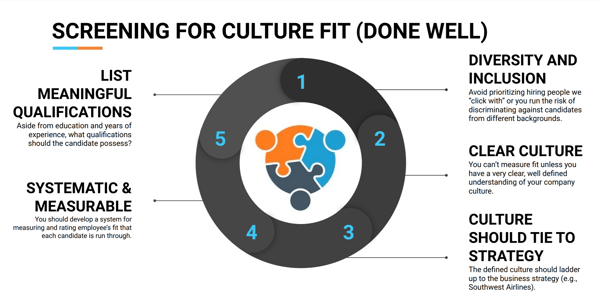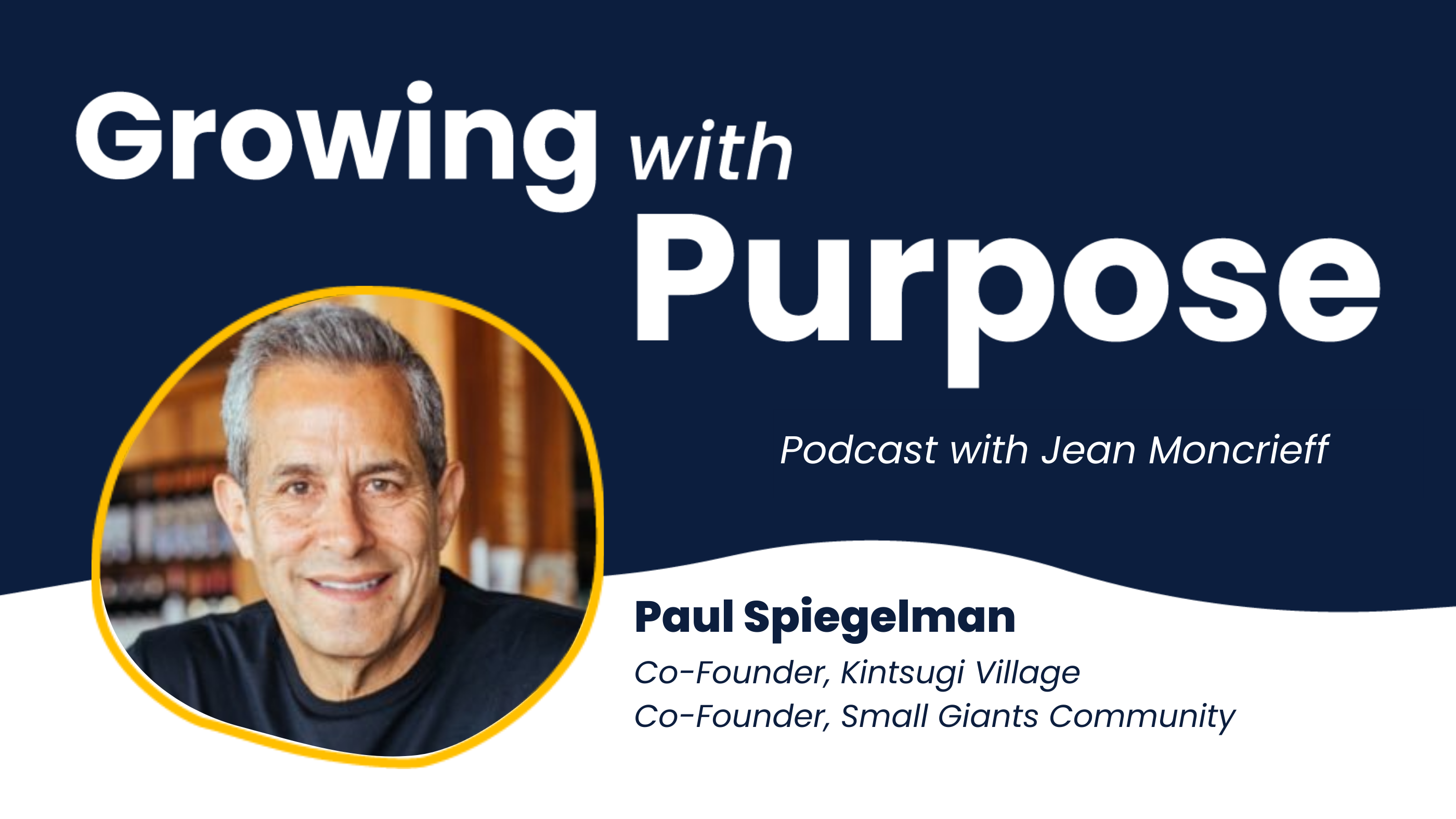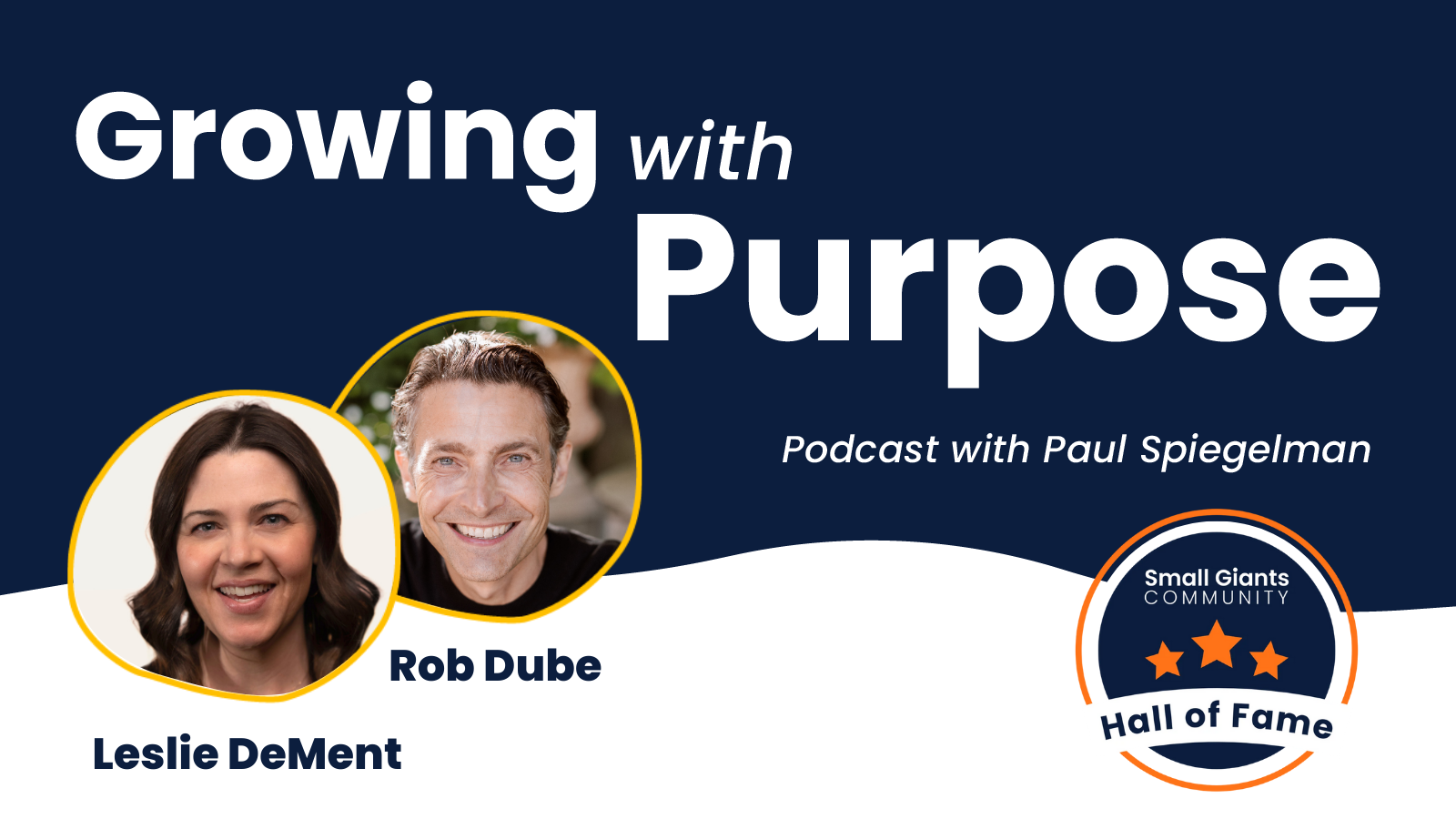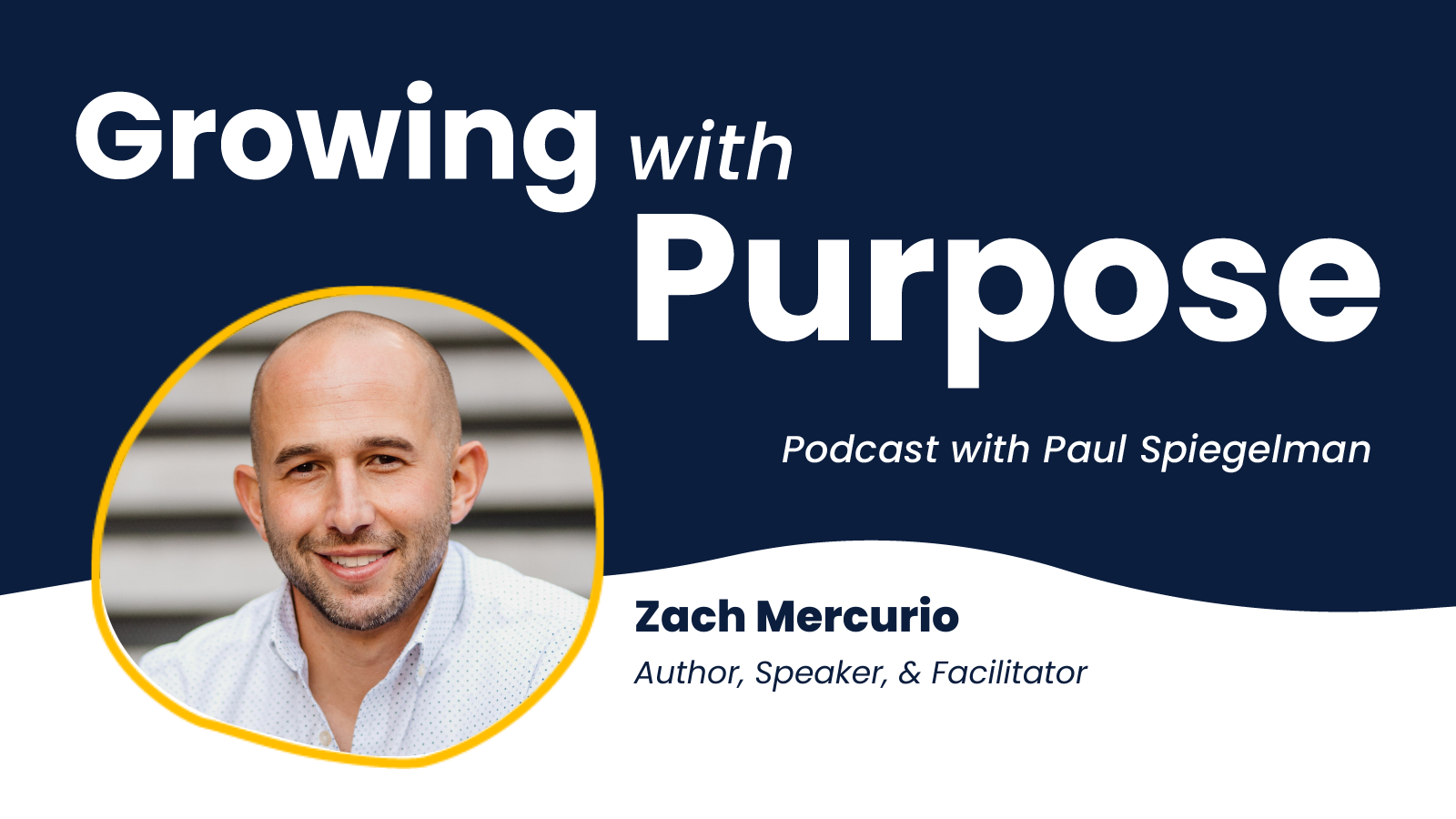Stepping Up: Hiring for Culture Fit Has Become Controversial — Here's How to Get It Right
What’s the controversy over culture fit? At face value, hiring for culture fit is a no-brainer: hiring candidates with traits that align with your organization’s values strengthens the culture and keeps everyone rowing in the same direction. It also boosts camaraderie, retention and employee satisfaction.
But far too often, companies that believe they are hiring for culture fit are actually just hiring people they identify and “click” with. As Patty McCord writes in Harvard Business Review, hiring managers tend to mistake alignment between themselves and the candidate for alignment between the candidate and the organization.
There’s a real risk of bias when hiring for culture fit, but it’s still important for purpose-driven organizations to put the right people in the right seats. So how can leaders get hiring for culture fit right?
In this installment of Stepping Up, two Small Giants Leadership Academy facilitators share their perspectives on hiring for culture fit and how to avoid perpetuating bias in your hiring decisions.
Tools & Resources At A Glance:
- Hiring for Culture Fit Doesn’t Have to Undermine Diversity - Harvard Business Review
- A Small Giants Guide to Hiring and Onboarding ebook
- 10 Strategies for How We Hire with Fit in Mind
- Stop Hiring for Culture Fit - Harvard Business Review
- Hiring and Onboarding Virtually Is Hard, But It Can Get Better
Screening for Culture Fit Done Well
Connor Lynch, Executive Vice President & Managing Director
Rescue Agency
Hiring for culture fit has been a commonly accepted best practice for decades, especially for purpose-driven organizations. But upon closer examination, many companies are falling short when it comes to responsibly hiring for culture fit. In her book Pedigree: How Elite Students Get Elite Jobs, Lauren Rivera shares revealing findings from an international study she conducted as part of her research: while 82 percent of managers say fit is one of the most important things that they look for, only half have a clear idea of what their organizational culture is — and only one third say their company has clear tools for measuring fit during the hiring process.
“That’s where culture fit can come into play as a negative force,” says Connor Lynch, EVP and Managing Director at Rescue Agency. “Without a thoughtful process in place, ‘culture fit’ can become very personal and veer into ‘social fit’ — hiring people that you click with or who are like you. Organizations then run a big risk of discriminating against candidates from different backgrounds.”
Instead, organizations need to do the work of defining their culture and developing a process for hiring for culture fit. At Rescue Agency, that means screening candidates for relevant skills and experience, alignment with company values, and the qualities that make for a successful Rescue team member. Most importantly, it all needs to be measurable and consistent.
Here’s a five-step framework for a more thoughtful and fair screening process:

-
Diversity and Inclusion
If we only hire people we “click with,” businesses run the big risk of discriminating against candidates from different backgrounds. Fit doesn’t mean people who share your interests, identities, or personality traits — it’s about finding someone who shares your company’s values and has the right skills and experiences. -
Clear Culture
You can't measure fit unless you have a very clear, well-defined understanding of your company culture. How do you assess for the values that matter most to your company? -
Culture Should Tie to Strategy
What is your company culture and how does it ladder up to your business strategy? Screen candidates for the qualities that make your culture — and your business — successful.
For example, Southwest Airlines’ cultural values are Fun and Love — two traits that all team members employ to achieve the company’s overarching business strategy of getting people on and off planes as quickly and efficiently as possible. Southwest assesses all candidates for these traits and ensures new hires can demonstrate these qualities in their roles.
-
Systematic & Measurable
If you’re using your gut to make hiring decisions, it’s time for it to retire. Develop a system for measuring and rating employee fit and ensure each candidate is run through the same process. Tools like behavior assessments and scorecards are a great place to start.
-
List Meaningful Qualifications
Aside from education and years of experience, what qualifications should the candidate possess? Your job descriptions and interview questions should evaluate candidates holistically for the experiences, skills and qualities of a successful candidate.
Never, Ever, Ever Trust Your Gut
Emily Tetto, Vice President of Talent & Culture
Acceleration Partners
If you remember only one thing about hiring for culture fit, Emily Tetto, VP of Talent & Culture at Acceleration Partners, wants it to be this: never, ever, ever trust your gut.
Harvard Business Review has her back on this one: trying to assess value fit using intuition and “gut feelings” is a bad idea, and the research proves it. More often than not, your gut guides you to hire people who are similar to you, which can lead to a culture of clones: people with similar backgrounds who think and act in similar ways. Even worse, this will hurt your company’s diversity and can shut out people based on their backgrounds, which leads to discrimination.
So if you’re not hiring for culture fit, what are you hiring for? At Acceleration Partners, they’ve moved away from hiring for culture fit and instead look for cultural attributes.
“We have our core values, and they are: own it, excel and improve, and embrace relationships,” says Tetto. “Those are three different attributes we want to make sure candidates possess and have demonstrated in their previous experience. Those are attributes that can and do cross a wide range of demographics and types of people.”
Acceleration Partners uses a comprehensive recruiting and hiring process to attract, screen and hire top candidates. Consistency and standardization is key: from writing job descriptions that clearly articulate qualities and attributes to building standardized scorecards for each role, putting a system around your hiring process helps eliminate human bias and ensure an equal process for everyone.
When you define your culture and create a clear process for evaluating candidates for fit, there’s no room for gut instinct. If you find that your managers are still relying on their gut feeling about a candidate during the interview process, challenge it.
“We have to dig in and ask why. What are the facts? What did you see? What did you hear?” says Tetto. “You have your job descriptions and your scorecards — you know your outcomes and you know what you want. Your gut is biased, hire on facts.”
Recruiting and hiring the right people for your organization is always top priority, but it’s more complex than ever in today’s remote work landscape. At the Small Giants Community Summit, learn hiring and onboarding best practices from fellow purpose-driven leaders and experts in the field.







Submit Your Comment